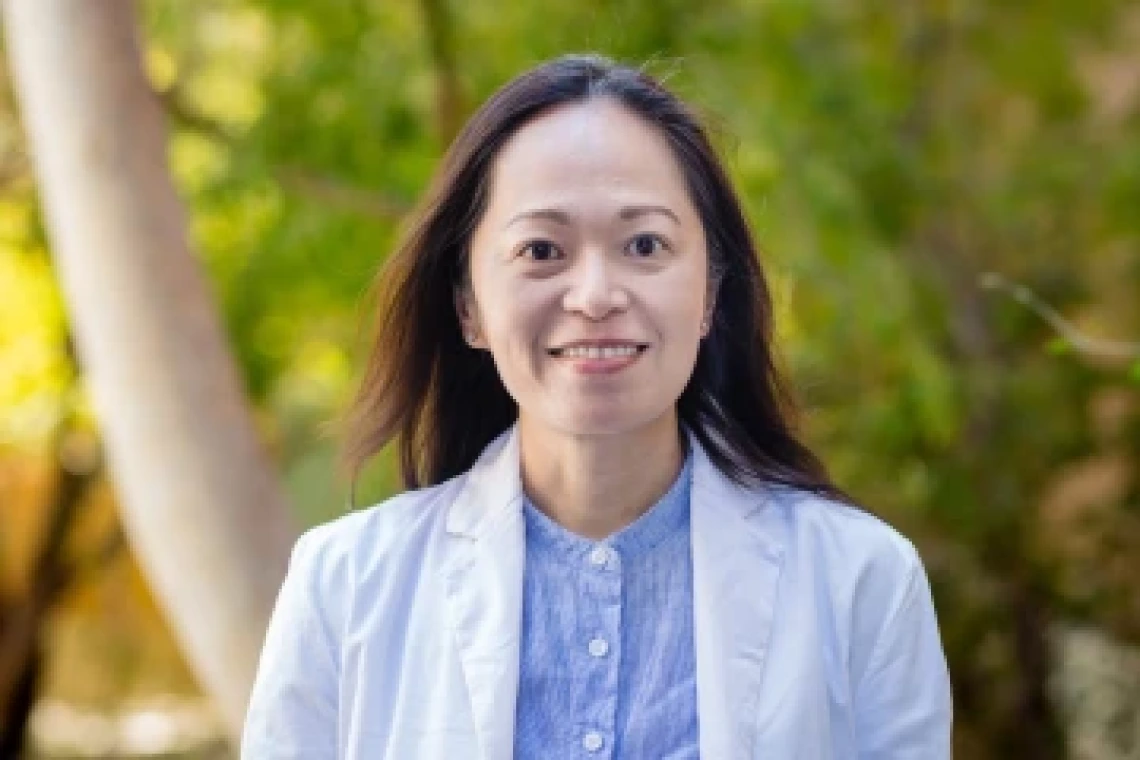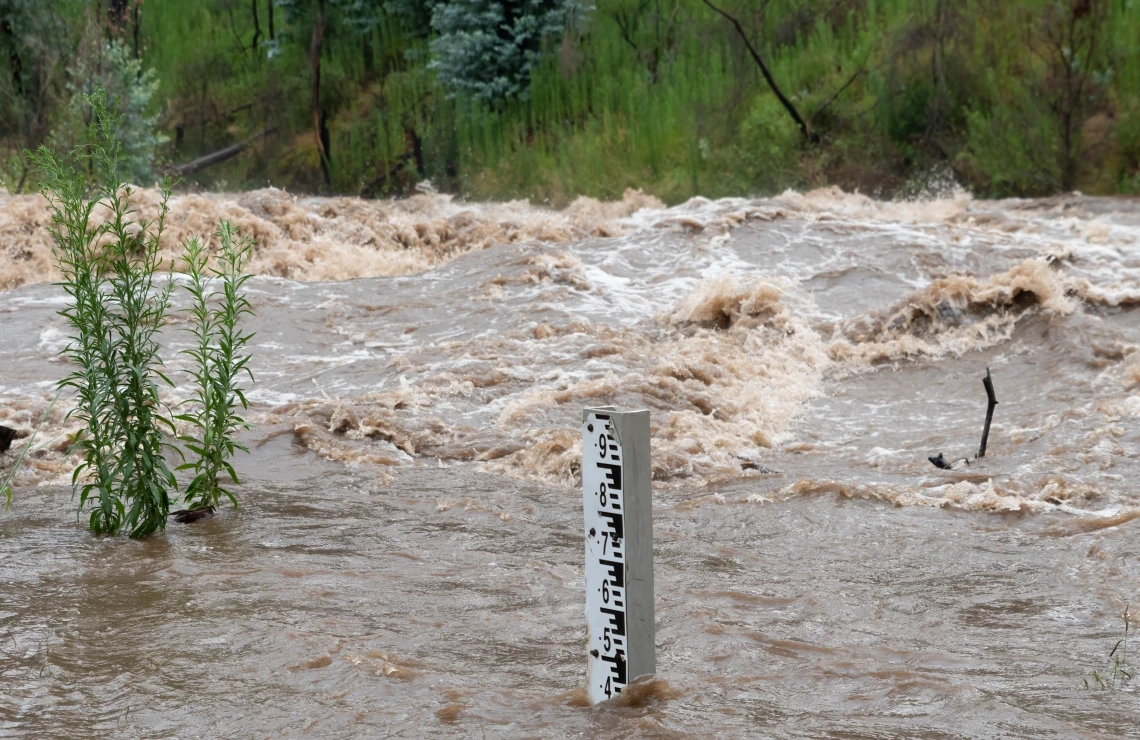Early Warning: Climate Model Predicts Extreme Rain and Floods Weeks in Advance

Excerpt from the original article written by By Shelley Litten, Arizona Institute for Resilience Communications - Read the complete article here
¤
Kudos to HAS Assistant Research Professor Hsin-I Chang who was recently featured in Inside Arizona Research!
A U of A climate science team has developed an extended forecast model to provide warning of extreme weather events much earlier than conventional forecasts.
An earlier warning could give people more time to prepare – or escape.
It all started, said Hsin-I Chang, director of the Center for Applied Hydroclimate Sciences in the Arizona Institute for Resilience at the University of Arizona, with a desire to understand weather events during May 2015 – one of the wettest months in Texas in recorded history.
Chang, who is also a research assistant professor in the department of hydrology and atmospheric sciences, and her colleagues develop computer models to understand regional weather patterns. They are always looking to improve their predictions.
Earlier this month, catastrophic floods in Texas led to over 130 deaths as well as infrastructure and economic damage, caused by a unique weather pattern, Chang explained, “a storm that stays in one place until it rains everything out.”
This occurred when normal seasonal humidity coincided with moisture from Tropical Storm Barry, creating a water-dense atmosphere that led to heavy rainfall. When the soil became saturated with all the water it could take, she said, the flooding began.

Often, Chang said, forecasts are made, and warnings are issued, but the last task can be the hardest: getting the information to the people who need it the most.
“My work is to think about how my modeling design can give earlier detection of extreme weather events,” she said. Her team aims to forecast weather weeks ahead, instead of just days, giving more time for people in remote places to be warned, prepare, and evacuate.
‘Physics in a box’
Chang’s recent research focuses on earlier detection and tracking of Mesoscale Convective Systems, or MCS, which usually bring heavy rain that leads to major flooding.
“These weather events are common in the Great Plains where there aren’t mountains to disrupt the system,” Chang explained. “It happens regularly in Texas in late springtime.”
Currently, extreme weather and MCS forecasts are accurate 3 to 5 days ahead. Chang’s team is trying to predict these events weeks in advance with a regional forecast model they are testing using data from the Texas rains in May 2015.
Chang’s model, described in a Journal of Geophysical Research: Atmospheres publication, accounts for how complex terrain affects the atmosphere and changes how weather plays out on a smaller scale.
Her team’s work in tracking extreme weather at S2S time scales, begun with former CAHS director Christopher Castro, who is now director of the Research Applications Laboratory at the National Center for Atmospheric Research, is available in the Earth and Space Science open archive.
“If we can do this correctly,” Chang said, “I can track these kinds of extreme events weeks ahead, not just telling you that they’re coming, but also when, where, and the potential precipitation and flooding risks, with plenty of time to prepare.”
Chang’s team is supported by government and private sector research grants, as well as Arizona’s Technology Research Initiative Fund. The Texas S2S extreme weather tracking is funded by the U.S. Department of Defense Strategic Environmental Research and Development Program. With a need for time to move heavy equipment ahead of extreme weather, the U.S. military has a strong interest in early weather forecasts.
Chang’s Center recently has applied for several government grants to continue extreme weather and climate studies for the U.S., but most of the proposals have been denied.
“We’ll keep trying,” she shrugged.
There is a public perception that severe storms and floods are random or rare, she believes. “But as a climate scientist, I know these events are becoming more frequent and more extreme.”
From her office on the U of A campus, Chang watches the monsoons roll across southern Arizona, bringing heavy rains, and sometimes severe flooding. With her knowledge of weather models, she also understands the physics happening inside the clouds.
“Everything is built on science,” she said.

